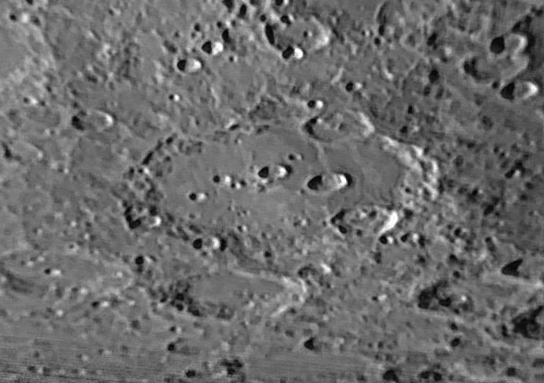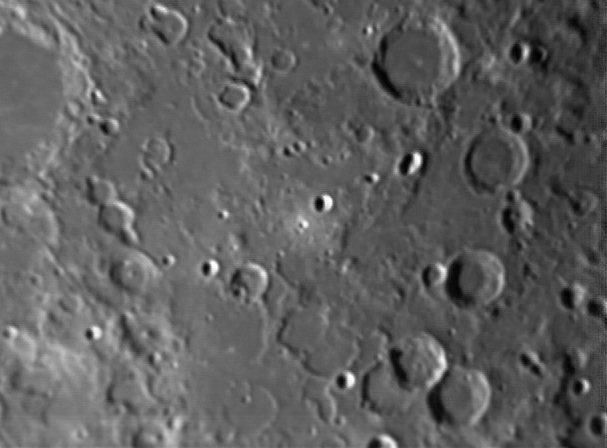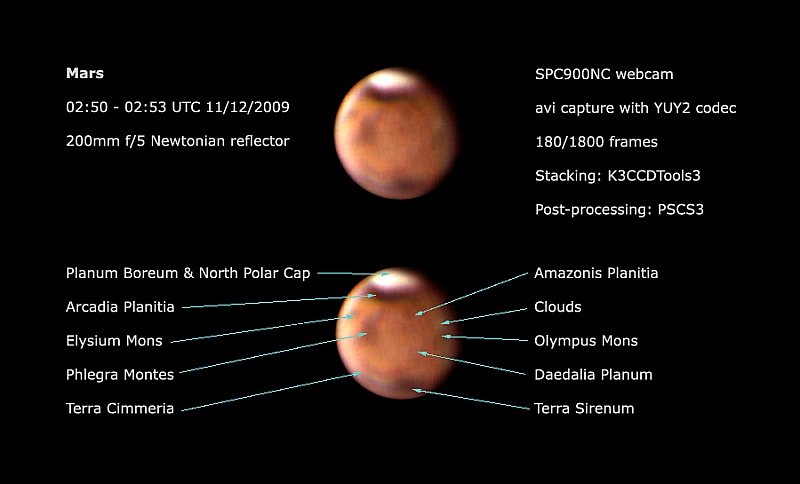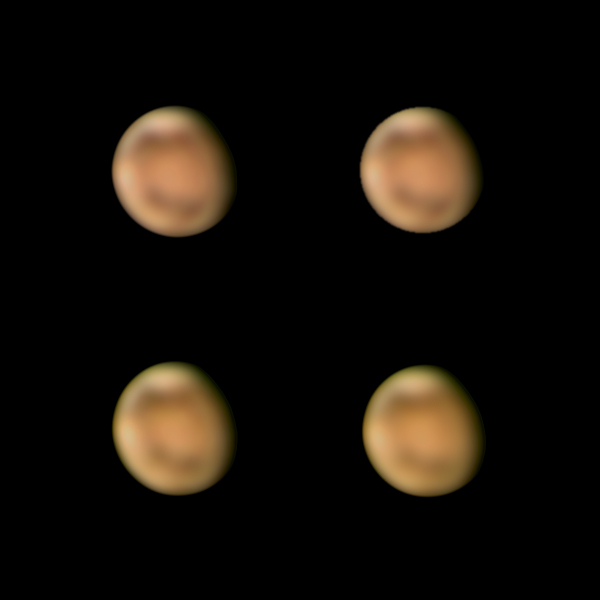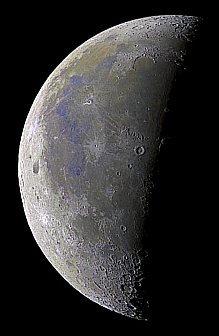After having had the weather spoil most of the meteor events of 2009 I was hopeful that the clear skies of the current cold spell would permit a reasonable view of the 2010 Quadrantids. Late in the afternoon the skies darkened and the clarity was good, so I prepped for a 2-hour session to start at 18:00.
The view northwards from the top of our plot is reasonable, looking out across dark gardens and a large low retirement-home. The radiant was just visible above the artificial horizon, so there was a fair chance that I'd be able to see most of the upper 180-degree arc of the display. Doing some rough maths I figured that if the peak rate was 120/hour I'd get a reduction of 50% due to the 180-degree restriction and a further 50% reduction due to the low elevation. If all went well, I'd be looking for 30 meteors during the 18:30 - 19:30 peak hour.
18:00 arrived and I set up the camera. Despite having taken it outside early to acclimatize, the internal optics hazed up within minutes due to the low temperature (-4C and falling) so pics were a no-no. I've an aversion to forcing heat into any camera, so I took it back indoors for a gentle rewarm and resigned myself to a visual-only session. I found myself a comfy place from where to watch.
As the minutes passed the horizon became a hazy yellow mess due to a combination of a thin fog and light-pollution from the local street-lights and from the retirement home. Seeing 30 meteors in the next hour was going to be a challenge.
The show started at 18:46 - a trail straight through the head of Draco. And another a minute later, this time up near Cepheus. Things were looking good, but then it stopped. I saw only one more trail - a gloriously-bright streak almost overhead, passing through Cassiopeia at about 19:20.
In summary, the show wasn't much of a success, but it was good to be out again, despite the biting cold.
The next half-decent show should be the Lyrids in April, active from the 16th to the 25th with peak activity on the 22nd. Hopefully there'll be better conditions allowing me to get some pics as well as views.

